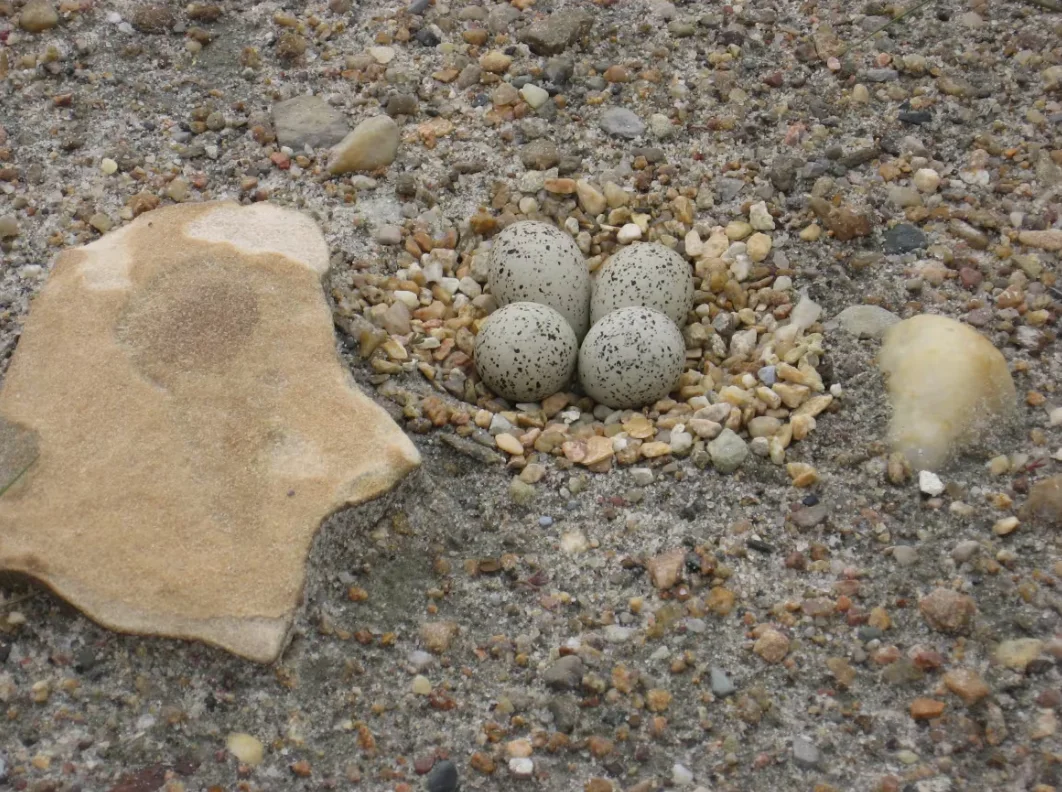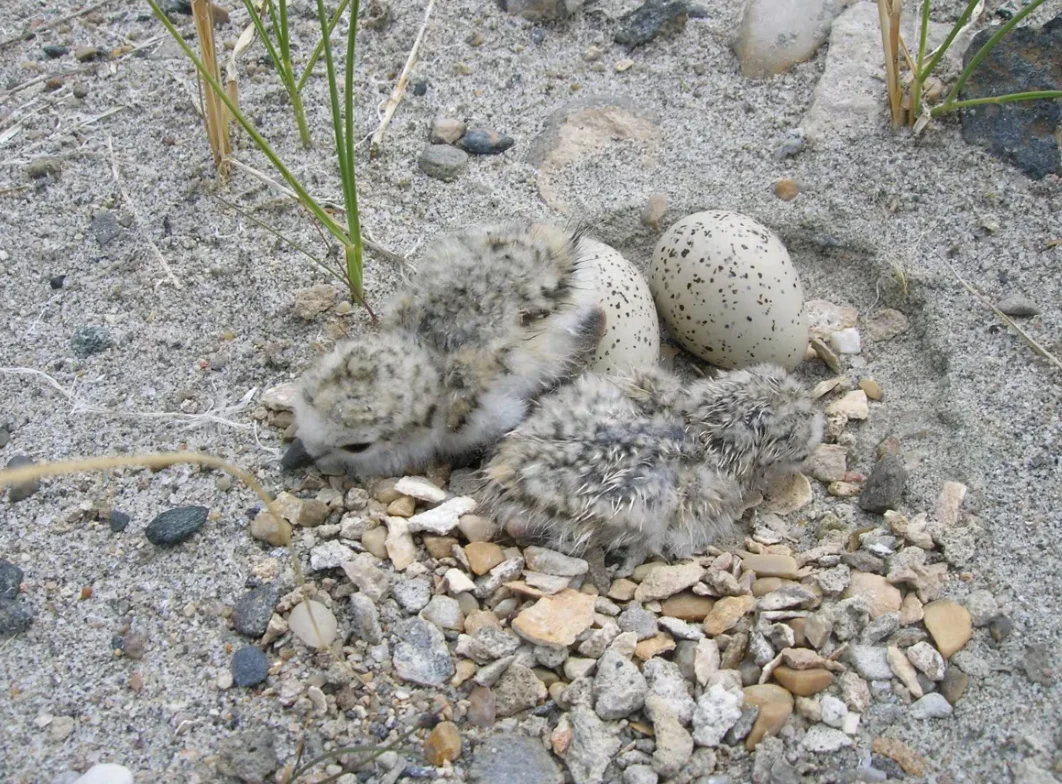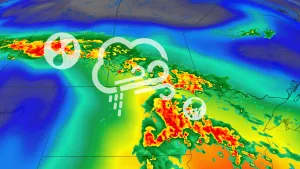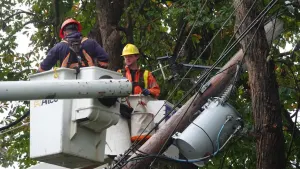
Piping plover population persists despite extreme flood-drought cycles
The population of endangered piping plovers in Alberta has dipped below 100, but a veteran wildlife biologist still sees room for optimism.
Lance Engley is a biologist and special projects manager with the Alberta Conservation Association.
He says the increase in major weather events is a big factor.
"These odd or extreme weather events can impact any wildlife species, but with plovers, it's kind of unique because of where they nest," Engley told the Calgary Eyeopener this week.
"They nest on these very shallow water bodies on wide, expansive beaches with gentle slopes. So when you get a big water or rain event, it can actually inundate or flood their nest. That's probably the biggest impact on an annual cycle. You get a relatively stable level of water and then suddenly you get a big rain event and the water can come up and actually flood their nest out."
SEE ALSO: Why Alberta wildlife rescues increase dramatically in the spring
The opposite of a lot of water, however, isn't helpful either.

Piping plover eggs. (Alberta Conservation Association)
"But when you get these extreme periods of drought, we have vegetation that continues to grow in," Engley explained.
"We have habitat now where we have trees the size of my thigh growing on the shoreline of lakes that used to have really good, gravelly habitat. It's just completely covered with vegetation now. Without those wetter years, we end up losing the habitat."
Engley has made conservation his focus for about 25 years, with a soft spot for piping plovers.
"They are a small shorebird, about the size of a bluebird, a little smaller than a robin. They are very cryptic in colour, slate grey on the back with a black band on the front. Camouflage is really one of their key defences," he said.
"They nest on the ground in a little gravel bowl on these large, open, gravelly beaches that usually occur on a salty, shallow, prairie water body. Not your typical lake that you would expect to recreate on."
DON'T MISS: Brace yourself, Calgary. The mosquitoes are coming
Piping plovers, also known as Charadrius melodus, can be found in east central Alberta from Hanna up through Provost and Wainwright, he said.

Piping plover chicks hatching. (Alberta Conservation Association)
Down from 276 in 1996
In 2001, 150 were counted in the province, down from 276 in 1996.
"We had a pretty good recovery up into the mid-2000s, and now we've seen them drop off again as the habitat challenges have become more prevalent over the last decade. They are still struggling," Engley said.
"There are probably between 50 and 75 left in the province right now. Very low numbers. We did find a few yesterday, more than we were expecting, so that's a really positive sign."
Engley says focusing on an endangered species can be bittersweet.
"It can be frustrating, for sure, thinking about how much time I have spent working on this. We have seen really positive results and more downward trends on stuff that is more difficult to mitigate against," he said.
"It has been fantastic working with landowners. In east-central Alberta, most of these lakes are surrounded entirely by private land. We can't get any of the work done without their cooperation, so that's been really positive."
Thumbnail image courtesy of David Prescott via CBC News.
This article, written by David Bell, was originally published for CBC News, with files from the Calgary Eyeopener.









